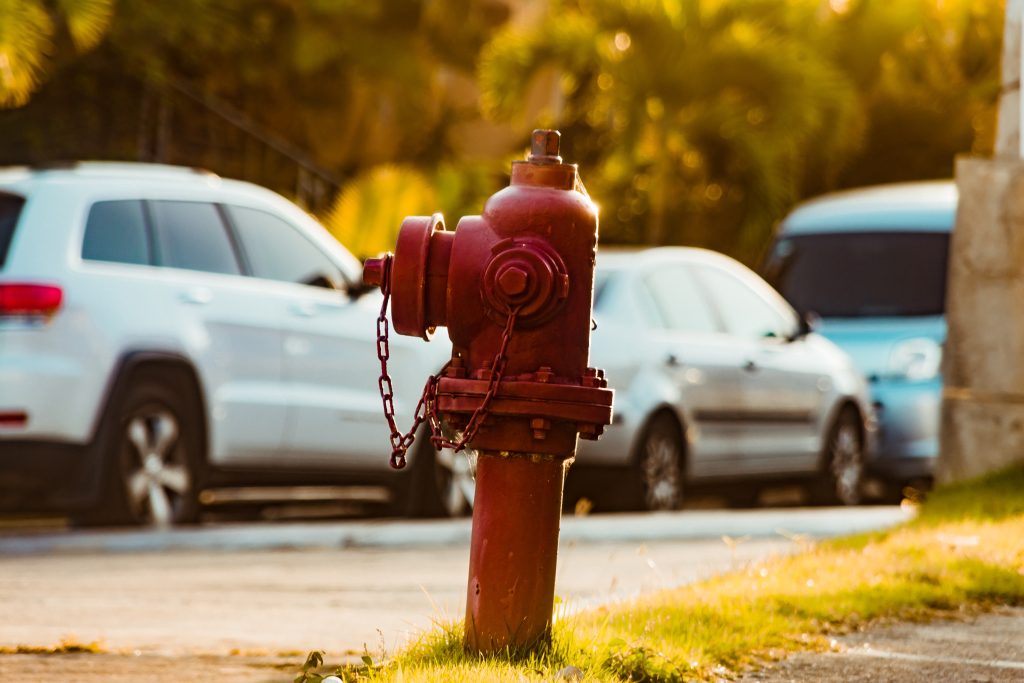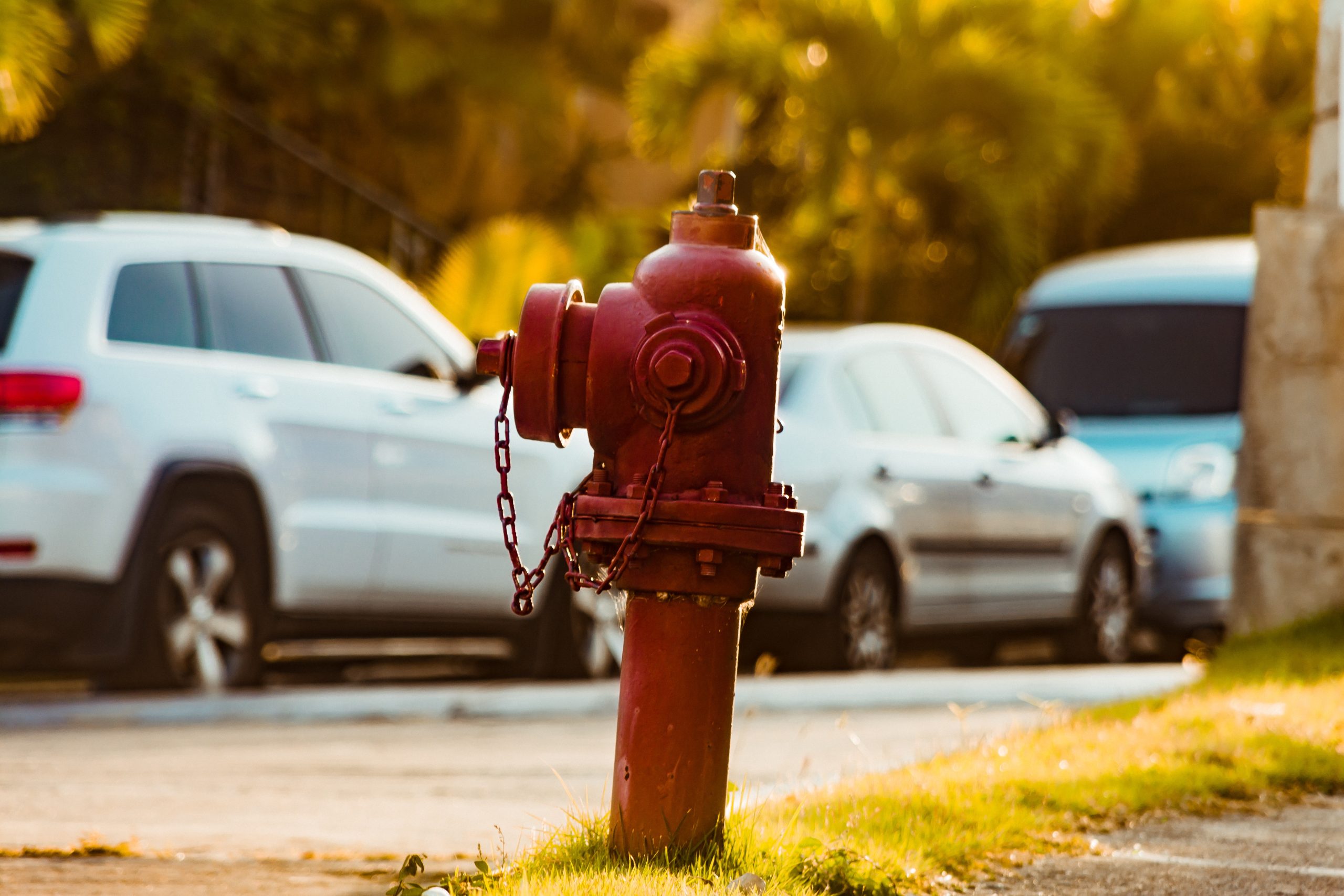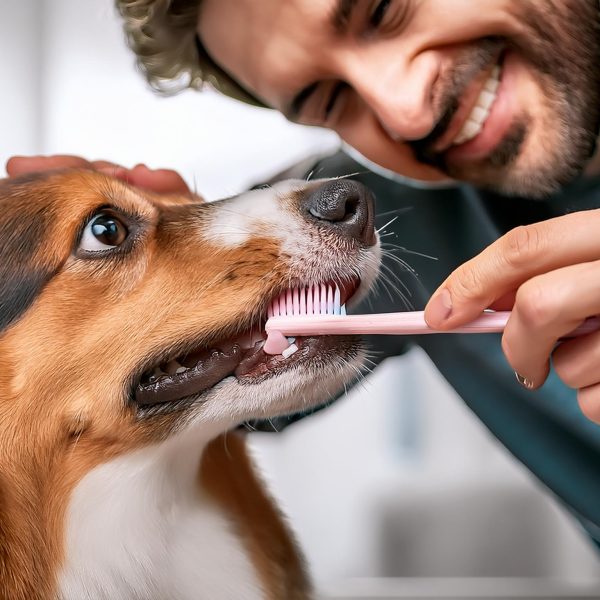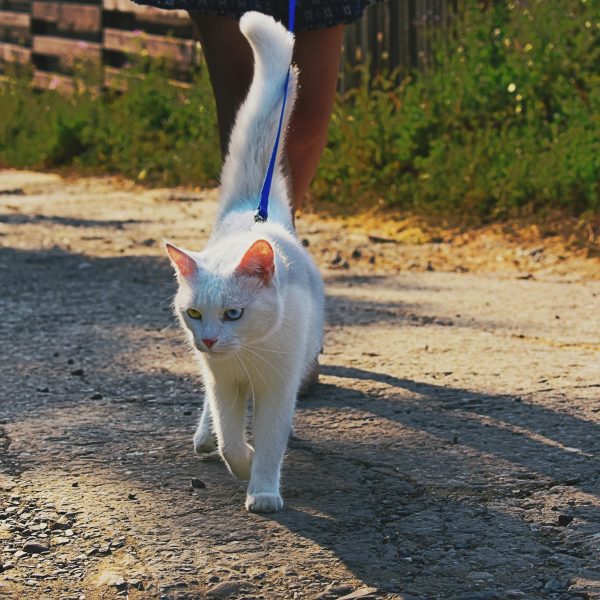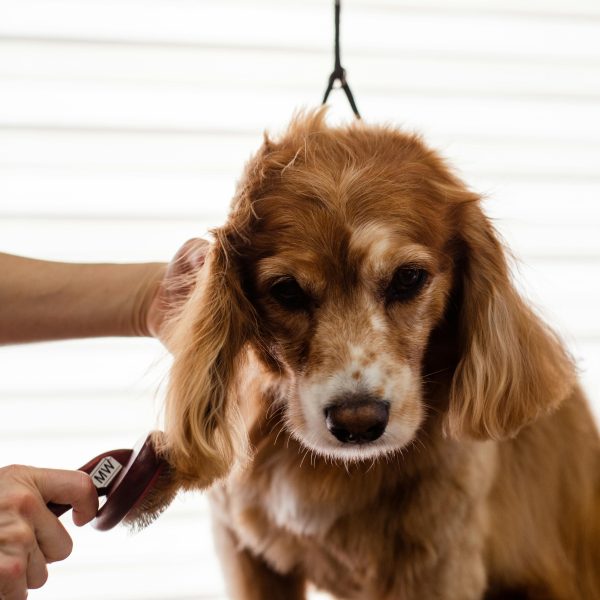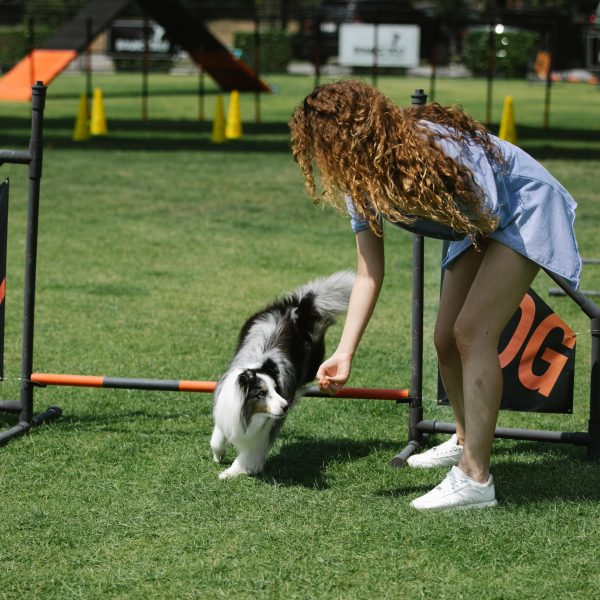Bringing a new pet into your home is a joyous occasion, but it also comes with responsibilities, including the crucial task of potty training. Just like children, animals require patient guidance and consistent training to develop proper bathroom habits. Although the process might be demanding and time-consuming, the rewards far outweigh the challenges. This comprehensive guide will delve into the intricacies of pet potty training, offering insights, practical tips, and effective strategies to ensure a smooth and successful transition for both you and your beloved furry companion.
Mastering the Basics of Potty Training
Potty training, often referred to as housebreaking, involves teaching your pet when and where it’s appropriate for them to relieve themselves. This endeavor demands patience, empathy, and the ability to anticipate your pet’s needs. It’s important to recognize that every animal is unique, so there’s no one-size-fits-all approach to potty training. Factors such as breed, age, and individual personality traits significantly influence how quickly your pet can grasp this essential concept.
Creating a Consistent Routine
Consistency is key in potty training your pets. Establishing a regular feeding schedule helps regulate their bathroom habits. Puppies, for instance, typically need to relieve themselves shortly after eating, drinking, waking up, or playing. To enhance the likelihood of success, ensure that you take them to their designated potty area during these specific times.
Designating a Potty Spot
Select a specific location in your yard or home where you want your furry friend to do their business. This helps them associate that area with going potty. For puppies, opt for a quiet and easily accessible spot. If you have kittens, consider placing a litter box in a private corner.
Positive Reinforcement
Whenever your pet successfully uses the designated potty spot, reward them with praise, treats, or affection. This positive reinforcement creates a link between their behavior and the reward, encouraging them to repeat the desired action in the future. Avoid scolding or punishing them for accidents, as this can lead to confusion and fear.
Recognizing Signs
Learning to recognize your pet’s potty cues is crucial. Dogs might start sniffing around, circling an area, or whining, while cats might meow, scratch their litter box, or appear restless. Paying attention to these signals allows you to respond promptly and prevent accidents.
Embracing Patience and Persistence
Potty training demands a healthy dose of patience. Accidents are inevitable, and setbacks are a natural part of the process. Rather than getting frustrated or disheartened, remember that your furry friend is still learning, and establishing a routine takes time.
The Power of Crates
Crates can be incredibly useful tools for potty training dogs. Dogs instinctively avoid soiling the area where they sleep, making crates effective for teaching them bladder control. However, it’s important to introduce the crate positively and never use it as a form of punishment.
Effective Management
When your pet isn’t in their crate, closely monitor them to prevent accidents. Use baby gates or close doors to restrict their access to areas where cleaning up accidents might be challenging. As your pet becomes more reliable, gradually grant them more freedom around the house.
Accident Cleanup
In case accidents occur, thorough cleaning is essential to eliminate lingering odors that might attract your pet back to the spot. Enzyme-based cleaners specially designed for pet messes are effective at neutralizing odors.
Adapting to Indoor Living
For those in apartments or homes without yards, potty training can pose unique challenges. In such cases, consider using pads or indoor litter boxes as alternatives. If feasible, gradually transition your pet to your preferred designated area.
Seeking Professional Help
If you find potty training to be an ongoing struggle despite your best efforts, don’t hesitate to seek assistance from professionals. Veterinarians, trainers, and behaviorists can offer personalized advice and solutions tailored to your pet’s needs.
The Path to Successful Potty Training
Teaching pets proper bathroom etiquette requires dedication, consistency, and a considerable amount of patience. By understanding your pet’s behavior, establishing routines, and utilizing reinforcement techniques, you can help them become well-mannered and hygienic members of your family. Remember that setbacks are a normal part of the process. With time, your pet will develop the necessary habits for harmonious coexistence. The time and effort invested in training will undoubtedly foster a stronger bond between you and your furry friend.

